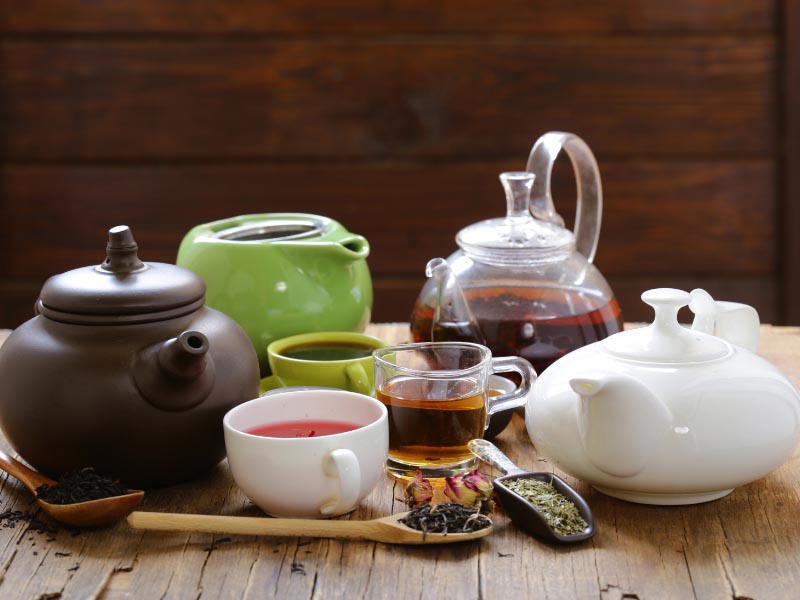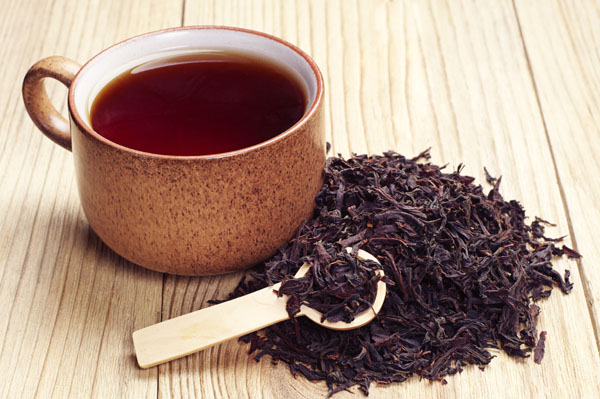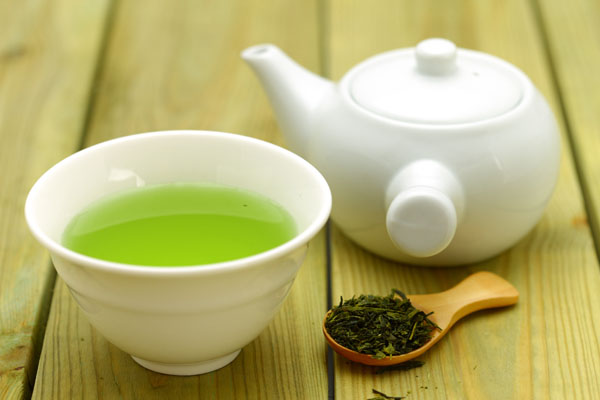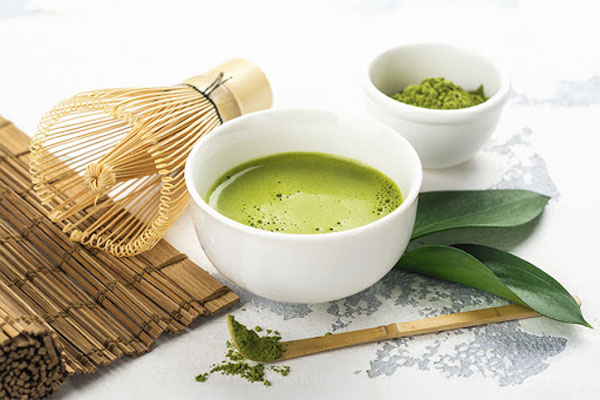Can you picture a day without taking a sip of hot tea? Regardless of our cultural differences, the bond we have with this drink is remarkable. Chai, tea, Cha, whatever the name. Tea isn’t a recent invention, contrary to popular belief. In reality, it has a long and illustrious history that dates back to 2737 B.C.E., making it one of the most ancient creations still in use. Many new varieties of tea are now available across the globe, and the soul of the drink is still intact!
What is Tea?

Camellia Sinensis leaves are steeped or boiling in hot water or milk, resulting in a flavour-packed, aromatic beverage. Tea has a worldwide following that rivals that of water and is even regarded as the world’s second most popular beverage!
History of Tea:
Green tea was the only type of tea available until recent times, when it was made from fresh leaves. A traditional narrative recounts how a Chinese Emperor, Shen Nung, obtained tea when a few leaves from the Camellia Sinensis tree blew into his boiling water vessel.
To the king’s surprise, the invigorating fragrance and heat of this beverage restored his vigor. The tea journey is incredible, from China’s elite families to India’s roadside stalls! Read on to learn more about various kinds of tea and the greatest tea varieties, as well as visuals and fascinating facts.
Basic Categories of Tea:
There were just one or two types of tea prior to the creation of many different tea varieties: green and black, made with fresh and fermented leaves, respectively. In recent years, numerous countries have introduced more than 30 different types of tea, each with its own distinct aroma, flavor, and health benefits. We must understand the following three types of tea:
Basic or True Teas:
Basic teas or genuine teas are created from Camellia Sinensis plants that have been without any additions or combinations. After the harvest, these teas go through various ‘ Processing” techniques such as withering, oxidation, and firing to give them color and personality. Black, green, oolong, white, and pu’erh teas are all examples.
Flavored Teas:
To blend newer aromas with that of tea leaves, flavored teas have external flavors added to them. Ingredients like herbs, spices, flowers, and even dried fruit pieces are added to tea leaves because they are receptive to flavors. Another technique to prepare flavored teas is to add essential oils or extracts like vanilla. Many varieties include natural and manufactured scents applied to the tea leaves to give them a delightful fragrance. Jasmine Tea, Masala Chai, Earl Grey, Mint Tea, Ginger Tea, Tulsi Tea, Orange Blossom are just a few examples.
Herbal Teas:
True tea produced from Camellia Sinensis leaves is a stark contrast to herbal teas. The decoctions are made from dried flower, herb, root, spices, fruits, and other products and include no Camellia Sinensis leaf or bud sources. To put it another way, the flavor of herbal teas comes from the aromatic ingredients used, not from true tea. Chamomile Tea, Peppermint Tea, Lemongrass Tea, Hibiscus Tea, Lemon Tea, Sage Tea, Fennel Tea, and Rose Hip Tea are just a few examples.
15 Different Types of Tea with Pictures and Details:
Now, let’s look at the specifics of the 15 most common types of tea, accompanied by images:
1. Black Tea:

In comparison to green or Oolong tea, black tea has a more robust flavor. To develop a distinctive black or tan brown hue to the leaves, regular green tea leaves go through a complete process of treatment, including withering and oxidation. Black tea needs less seeping time because of its strength, and the color and flavor change depending on how much oxidation there is. Black tea is made by boiling the leaves in water in a specific process. You do not need to add sugar! Antioxidants and flavonoids in this low-calorie beverage have many health advantages.
2. Green Tea:

Green tea does not originate from a different plant, contrary to popular belief. Camellia Sinensis plants produce both green tea and Camellia Sinensis. Without undergoing additional procedures like withering and oxidation, the leaves are dried and pan-fried. This ensures that the tea retains its natural green hue and delicate flavor.
Green tea is processed in a three-step process that includes infusing the leaves in hot water for 3–5 minutes, then straining. It is possible to add sugar or honey without adding anything. Loose leaves and tea bags are also available in green tea. Green tea is one of the healthiest beverages on the planet due to its high concentrations of antioxidants and catechins.
3. Matcha Tea:

The Camellia Sinensis plant is used to make matcha tea, a unique tea type. To produce more theanine and caffeine than normal, tea plants are transported under cover for 3-4 weeks before harvest. After that, the leaves are ground into a fine green powder known as “Matcha.” For its distinctive flavor, preparation process, and health benefits, this traditional Asian drink is popular even in Western nations. A special bamboo whisk is used to make matcha tea by whisking the powder in hot water or milk until it froths. In a variety of desserts and savoury dishes, matcha serves as a flavor additive.
4. White Tea:

White tea appears pale yellow and is minimally processed. The name “white” is derived from the silvery tea leaves utilized to make this tea variety. To prepare this tea, mature leaves and buds are harvested and naturally dried or steamed. Silver Needle, White Peony, Tribute Eyebrow, Noble Eyebrow, and DaBaiCha are the five subcategories of white tea-like listed above. White tea is a delicate beverage that should be served without milk or sugar and made by soaking the leaves in hot water. White and green tea have an antioxidant profile that is similar. As a result, both pleasure and health are served by it!
5. Oolong Tea:

After the withering and oxidation process, oolong tea is a distinct tea variety that is produced by twisting and curling the tea leaves. The tea master, who varies from tight curls to fine strands, determines the form of these artisanal tea leaves. The beverage has a unique look, flavor, and aroma that varies between black and green tea. The rolling of leaves adds to this. Seeping the leaves in hot water for 2-5 minutes is a general rule for making Oolong tea. The stronger and more aromatic the seepage becomes as time passes! In order to amp up the health benefits, the number of flavonoids increases as well. The caffeine content of Oolong may fluctuate from batch to batch depending on the degree of oxidation.
6. Pu’erh Tea:

Pu-erh, a Chinese county in the Yunnan province, is the source of the term Pu-er, which refers to a type of unoxidized tea. To increase flavor and aroma, the tea leaves are fermented for months, if not years. The cost of tea increases as its age increases. Green tea is converted to pu-er tea by undergoing the withering procedure.
Pu’erh cakes are formed when the leaves are compressed into tiny discs. Raw and Ripe Pu’erh teas are two different types, the former of which is a fresh batch of leaves and the latter of which is an aged leaf. Some leaves from the cake are loosened and steeped in hot water for a few minutes until the desired color and fragrance are achieved to prepare the tea. Because of the fermentation process, pu’erh tea is reported to aid in better digestion and blood circulation than other types of tea.
7. Herbal Tea:

True tea comes from the Camellia sinensis plant. Herbal infusions are made with dried herbs, spices, fruits, leaves, and flowers steeped in hot water. Tisanes are aromatic and flavorful herbal teas that are also known as herbal teas. They have a delicious flavor and are mind relaxants, so they are caffeine-free due to the absence of actual tea leaves. They are popular across the globe. Infusing the herbal mixture into a cup of hot water, either using a bag or an infuser, is the best way to enjoy herbal tea. Cook it for 3-4 minutes before serving it hot. It is also possible to sweeten with honey or other sweeteners.
8. Chamomile Tea:

The calming and sleep-inducing properties of chamomile tea are well-known. It’s classified as a herbal tea, with the chamomile flowers, which belong to the daisy family, being dried. Chamomile tea has been shown to help relieve digestive problems, anxiety, depression, and other symptoms. The tea may vary from delicate to strong pungent depending on the source of Chamomile flowers. You may prepare the tea by simmering dry chamomile flowers and buds for 3-4 minutes, with or without sugar.
9. Hibiscus Tea:

Hibiscus tea, which has a lovely reddish-pink color, is the most popular herbal tea. Hibiscus flower’s deeply colored calycles are steeped in hot water to make the herbal tea. Hibiscus tea is a mild, tart beverage that complements both hot and cold beverages. Antioxidants are plentiful in this tea, and it also has blood-pressure-lowering properties. The nutritious drink has relaxing qualities and is a fantastic herbal beverage to relax after a hectic day. You can pour 3-5 minutes of boiling water over the dried flowers, along with some sweetener and lemon juice.
10. Rooibos Tea:

Rooibos is a lesser-known type of tea that originated in South Africa. In the African language, which resembles a broom, the word “Rooibos” means “red bush.” The original settlers of South Africa, the indigenous tribes, made and drank roooibos tea for its medicinal and fragrant qualities. Despite numerous attempts by other nations to develop Rooibos, South Africa is the only country where it grows. Cutting, fermenting, and sun drying the rooibos leaves are all part of the preparation process. After that, the dry leaves are immersed in hot water for a few minutes to make a gorgeous, reddish-colored drink. Roobois tea is caffeine-free and provides antioxidants in abundance.
11. Masala Chai:
In many sections of the nation, as well as globally, Masala Chai is one of the most popular Indian tea types. Black tea leaves are boiled in milk, water, and a spice blend including ginger, cardamom, cinnamon, star anise, lemongrass for a beverage called black tea leaves To boost the flavor of this spiced tea, sugar or sweetener are added. Masala Chai has a variety of health benefits in addition to satisfying our taste buds. It may boost immunity, relieve stress and anxiety, ease digestion, and even decrease inflammation in the system.
12. Iced Tea:

Iced Tea is a ice-based true tea or herbal infusion that is served hot. A ready-to-drink bottled drink of this revitalizing drink is available. It’s also simple to make at home! Iced tea can be made from any type of tea. Boil the leaves for a few minutes, then cool the decoction. That’s all there is to it! You may then refrigerate for a few hours after you have prepared it. Add lemon juice, honey, mint, or natural flavors like rose, peach, or orange. Iced tea not only hydrates the body but also relaxes the mind, making it a popular summer beverage.
13. Rose Tea:

Fresh or dry rose petals are steeped in hot water to make Rose tea, another commonly consumed herbal infusion. Rose flowers have been consumed in the form of tea in China for centuries. Rose hips, buds, flowers, and fruits were steeped in boiling water to extract their properties. Rose tea has a light pink color and a lovely flowery fragrance. It is a fragrant drink with rose flowers. To preserve the natural flavor, it is consumed without milk or sugar. Skin-nourishing vitamins such as E and C are plentiful in natural caffeine-free and low-calorie beverages.
14. Lemon Tea:

Mixing lemon juice with black or herbal tea produces lemon tea. That’s a delicious beverage that you’ll want to sip on in the summer. The origin of lemon tea is a mystery! For the same reason, people appear to have added lemon to their tea: to enhance flavor and antioxidant properties. A delicious hot and cold beverage is Lemon Tea.
There are also ready-to-drink bottled beverages and artificial flavorings. Boiling a teaspoon of black tea leaves in one cup of water is the best way to prepare lemon tea. Once the desired color is achieved and the flame has been turned off, lemon juice is added. It’s a good idea to add some mint and honey!
15. Earl Grey:

Earl Grey tea, which is part of the flavored tea family, is a classic British beverage. The Bergamot oil-scented flavored black tea leaves are wrapped in the tea. It was the Chinese who originally developed this tea variety, despite the fact that the British made it popular and dubbed it their own.
The leaves must be steeped in hot water for 2-3 minutes to make a cup of wonderfully refreshing Early grey tea. The depth of flavor and fragrance is improved by infusing for longer periods. This sort of tea has the same caffeine content as black tea. Because of the high concentration of antioxidants, it is also good for the body and mind. So how do you discover the extraordinary world of tea? Did learning all of this make you want a drink of this beverage? Let us know which type of tea you prefer before getting ready to prepare a unique brew!
Frequently Asked Questions and Answers:
1. Does adding milk to tea take away its health benefits?
Notwithstanding the fact that adding milk lowers tea’s antioxidant level, new studies show that it has the opposite effect. According to recent studies, the antioxidant and flavonoid levels in black tea are not affected by adding milk. Milk, which provides calcium and Vitamin D, may also help prevent osteoporosis.
2. Can I make my own herbal tea blend at home?
Yes, I agree. Using ordinary spices and herbs, it’s simple to make herbal teas at home. Ginger, Tulsi, and Basil, Hibiscus Flowers, Rose Petals, Dried Orange Peels, and Lemon Grass are some of the fresh or dry variations of ingredients you can use. Until the flavor is imparted, simply heat some water and add these ingredients. For a richer flavor, add some sugar or honey.
3. What is a Decaf Tea?
The abbreviated term for decaffeinated tea is decaf tea. The caffeine is removed from the leaves that are used to make this tea using a specific procedure. Decaf-tea has just 1-2% of the caffeine found in ordinary tea, compared to 20% in regular tea. Nevertheless, the polyphenol concentration is decreased when caffeine is reduced, reducing antioxidant properties in the process.